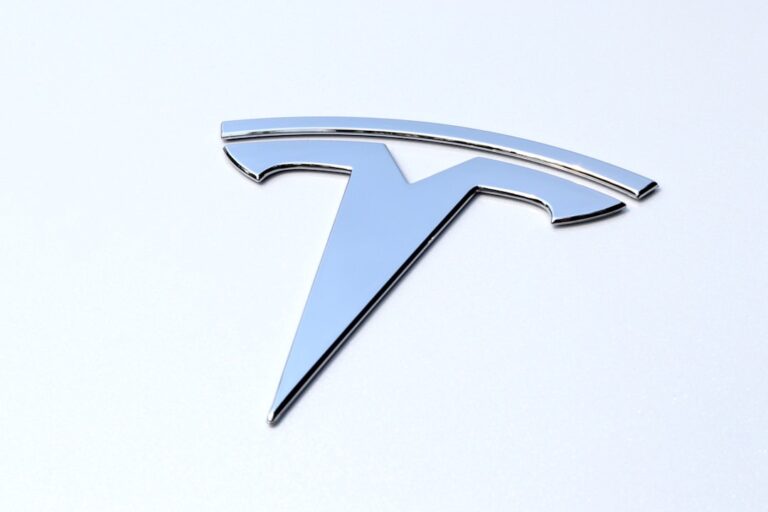
**
Vehicle-to-Grid (V2G) integration represents a transformative shift in how electric vehicles (EVs) interact with the power grid. This innovative technology allows electric vehicles to not only draw energy from the grid but also return excess energy back to it. As the world increasingly turns to renewable energy sources, V2G integration emerges as a crucial component in managing energy supply and demand.
By leveraging the batteries of electric vehicles, V2G systems can help stabilize the grid, reduce reliance on fossil fuels, and enhance the overall efficiency of energy consumption. The concept of V2G is gaining traction as more consumers adopt electric vehicles. With the rise of renewable energy sources such as solar and wind, the need for effective energy storage solutions becomes paramount.
Electric vehicles, equipped with advanced battery technology, can serve as mobile energy storage units. This dual functionality not only maximizes the utility of EVs but also contributes to a more resilient and sustainable energy infrastructure. As we delve deeper into the benefits and challenges of V2G integration, it becomes clear that this technology holds significant promise for the future of energy management.
**
Benefits of Vehicle-to-Grid Integration**
Cost Savings and Financial Incentives
One of the most significant advantages of V2G integration is the potential for cost savings. By allowing EV owners to sell excess energy back to the grid during peak demand periods, they can earn money or receive credits on their electricity bills. This creates a financial incentive for consumers to participate in V2G programs, making electric vehicle ownership even more appealing.
Enhanced Grid Stability and Reliability
V2G integration also enhances grid stability and reliability. During times of high demand, such as hot summer days when air conditioning usage spikes, V2G systems can provide additional power to the grid, reducing the likelihood of blackouts. This capability is particularly important as more renewable energy sources are integrated into the grid, which can be intermittent in nature.
Balancing Supply and Demand
By utilizing the stored energy in EV batteries, V2G systems can help balance supply and demand, ensuring a steady flow of electricity. This is crucial for maintaining a reliable energy infrastructure, especially as the grid becomes increasingly reliant on renewable energy sources.
Key Takeaways
- Vehicle-to-Grid (V2G) integration allows electric vehicles to interact with the power grid, providing benefits to both the vehicle owner and the grid.
- Benefits of V2G integration include reduced energy costs, increased grid stability, and support for renewable energy integration.
- Challenges and limitations of V2G integration include infrastructure requirements, battery degradation, and regulatory barriers.
- Tesla has been a leader in advancing V2G integration, with its Powerwall and Powerpack energy storage solutions.
- V2G integration with Tesla vehicles involves using the vehicle’s battery to store and supply energy to the grid, providing flexibility and resilience.
Challenges and Limitations of Vehicle-to-Grid Integration**

Despite its numerous advantages, Vehicle-to-Grid integration faces several challenges that must be addressed for widespread adoption. One of the primary concerns is the potential impact on battery life. Frequent charging and discharging cycles can lead to accelerated wear and tear on EV batteries, potentially reducing their lifespan.
Manufacturers and researchers are actively exploring ways to mitigate this issue, but it remains a significant consideration for consumers contemplating participation in V2G programs. Another challenge is the need for robust infrastructure to support V2G technology. This includes not only advanced charging stations capable of bidirectional energy flow but also sophisticated software systems to manage energy transactions between vehicles and the grid.
The current infrastructure in many regions may not be equipped to handle these requirements, necessitating significant investment and upgrades.
**
Tesla’s Role in Advancing Vehicle-to-Grid Integration**
| Metrics | Data |
|---|---|
| Number of V2G-enabled vehicles produced by Tesla | Not available |
| Estimated V2G charging efficiency of Tesla vehicles | Up to 95% |
| Number of V2G charging stations compatible with Tesla vehicles | Not available |
| Projected reduction in carbon emissions through V2G integration | Varies by region and usage |
Tesla has emerged as a key player in advancing Vehicle-to-Grid integration, leveraging its innovative technology and strong market presence in the electric vehicle sector. The company has been at the forefront of developing advanced battery systems that are not only efficient but also capable of supporting V2G functionalities. Tesla’s commitment to sustainability aligns perfectly with the goals of V2G integration, making it a natural leader in this space.
In addition to its cutting-edge battery technology, Tesla has also been actively involved in pilot programs and partnerships aimed at testing and implementing V2G solutions. For instance, Tesla’s Powerwall home battery system complements its electric vehicles by allowing homeowners to store solar energy and manage their electricity usage more effectively.
**
How Vehicle-to-Grid Integration Works with Tesla Vehicles**
Understanding how Vehicle-to-Grid integration works with Tesla vehicles requires a closer look at the technology behind it. Tesla vehicles are equipped with high-capacity lithium-ion batteries that can store significant amounts of energy. When connected to a V2G system, these vehicles can communicate with the grid to determine when to charge or discharge energy based on real-time demand and pricing signals.
The process begins when an EV owner opts into a V2G program. Once enrolled, their vehicle can be programmed to charge during off-peak hours when electricity rates are lower and discharge during peak hours when rates are higher. This not only allows the owner to save on electricity costs but also contributes to grid stability by providing additional power when it is most needed.
Tesla’s software capabilities enable seamless integration with existing grid management systems, ensuring that energy flows efficiently between vehicles and the grid. **
The Future of Vehicle-to-Grid Integration**

Advancements in Battery Technology
As battery technology improves, we can expect longer-lasting batteries with greater capacity, making them even more suitable for V2G applications. Additionally, as more consumers transition to electric vehicles, the potential for V2G systems to contribute significantly to grid stability will increase.
Smart Grid Technologies and Innovations
Ongoing research into smart grid technologies will enhance the efficiency of V2G systems. Innovations such as artificial intelligence and machine learning can optimize energy management by predicting demand patterns and adjusting energy flows accordingly.
Widespread Adoption of V2G Integration
As these technologies mature, they will facilitate more widespread adoption of V2G integration across various regions and markets.
Environmental and Economic Impacts of Vehicle-to-Grid Integration**
The environmental impacts of Vehicle-to-Grid integration are profound, particularly in terms of reducing greenhouse gas emissions. By enabling electric vehicles to act as energy storage units, V2G systems can help integrate more renewable energy sources into the grid. This shift away from fossil fuels not only lowers carbon emissions but also promotes cleaner air quality in urban areas.
Economically, V2G integration presents opportunities for job creation within the renewable energy sector as well as in infrastructure development. As demand for electric vehicles grows, so too will the need for skilled workers who can design, install, and maintain V2G systems. Furthermore, by providing financial incentives for EV owners to participate in these programs, V2G integration can stimulate local economies while promoting sustainable practices.
**
The Potential of Tesla’s Vehicle-to-Grid Integration**
In conclusion, Vehicle-to-Grid integration represents a significant advancement in how we think about energy consumption and management. With Tesla leading the charge through innovative technology and strategic initiatives, the potential for widespread adoption of V2G systems is becoming increasingly tangible. As we navigate the challenges associated with this technology, it is essential to recognize its transformative potential for both individuals and society at large.
The future holds great promise for Vehicle-to-Grid integration as we continue to explore its benefits and address its limitations. By harnessing the power of electric vehicles in conjunction with renewable energy sources, we can create a more sustainable and resilient energy landscape. Tesla’s commitment to advancing this technology positions it as a key player in shaping a cleaner future for generations to come.
In a recent article discussing Tesla’s vehicle-to-grid implementation, it was highlighted how this technology could revolutionize the way we think about energy consumption and storage. The potential benefits of this system are vast, from reducing peak demand on the grid to providing backup power during outages. For more insights on Tesla’s market performance and challenges, check out
